Week 42/2023: Queer art and quirky architecture
Queer Art and Quirky Architecture
Week of 16 October 2023
Artfully Queer
This week marked the start of TasPride’s annual Artfully Queer exhibition at the Salamanca Long Gallery.
This is a fabulous exhibition of work from Tasmanian lesbian, gay, bisexual, trans* & queer artists, with the theme this year of ‘Together’.
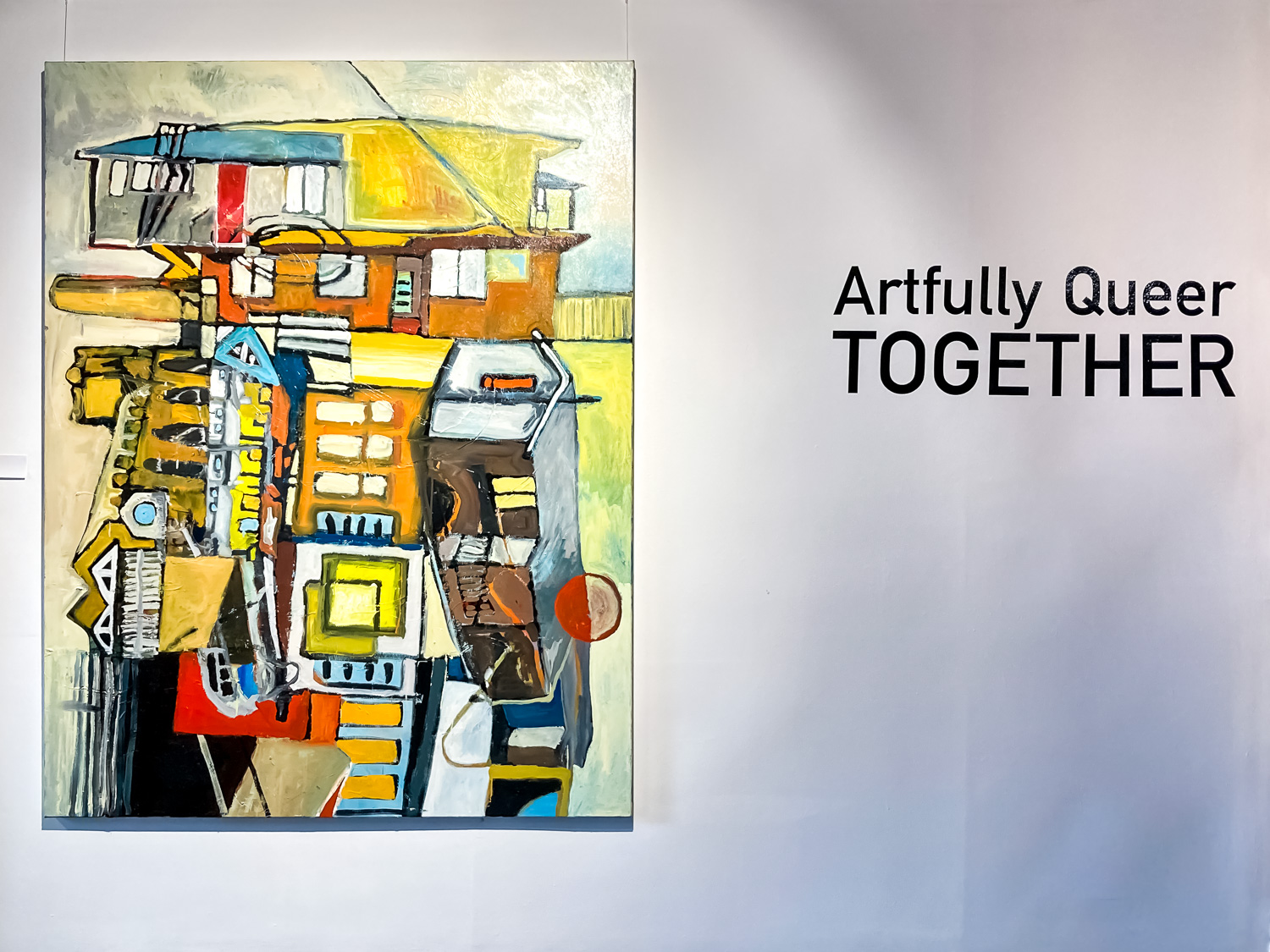
The LGBTIQA+ Employee Group at my work organised a lunchtime visit for us to the exhibition, where TasPride’s treasurer (whose name I think is Vincent but I may have misheard . . ) told us a little about TasPride, its work and the exhibition.
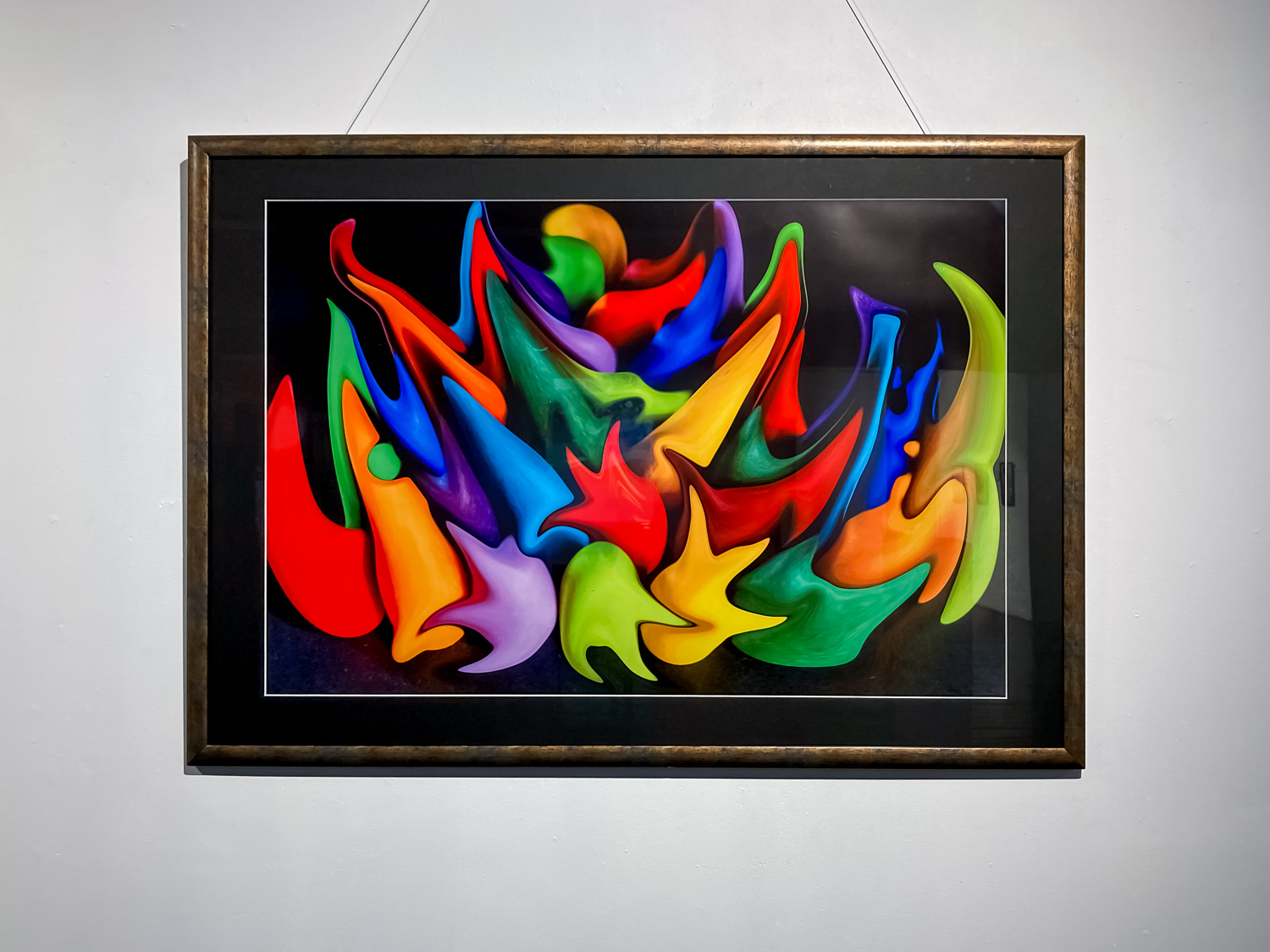
I learned that TasPride has its origins in 1992, when a group of people wanted to set up a Gay and Lesbian Community Centre in Tasmania.
The exhibition being held in Salamanca is poignant because of the history of this place in Tasmania’s LGBTIQA+ history. Back in October 1988, when homosexuality was still illegal in Tasmania, Hobart Council banned the Tasmanian Gay and Lesbian Rights Group’s stall at the market. The stall was running a petition to decriminalise homosexuality, and there were over 130 arrests of people defying the ban over seven weeks, with thousands more showing their support at the edge of the market.
In December 1988 the council reversed the ban when it was discovered they had no authority to arrest people for trespass. It wasn’t until 1997 that homosexuality was decriminalised in Tasmania, the final state to do so.
There’s a monument to these events further along Salamanca Place, called the Yellow Line, which is two light boxes in the footpath, marking the border of the market that gay rights supporters could have been arrested for crossing.
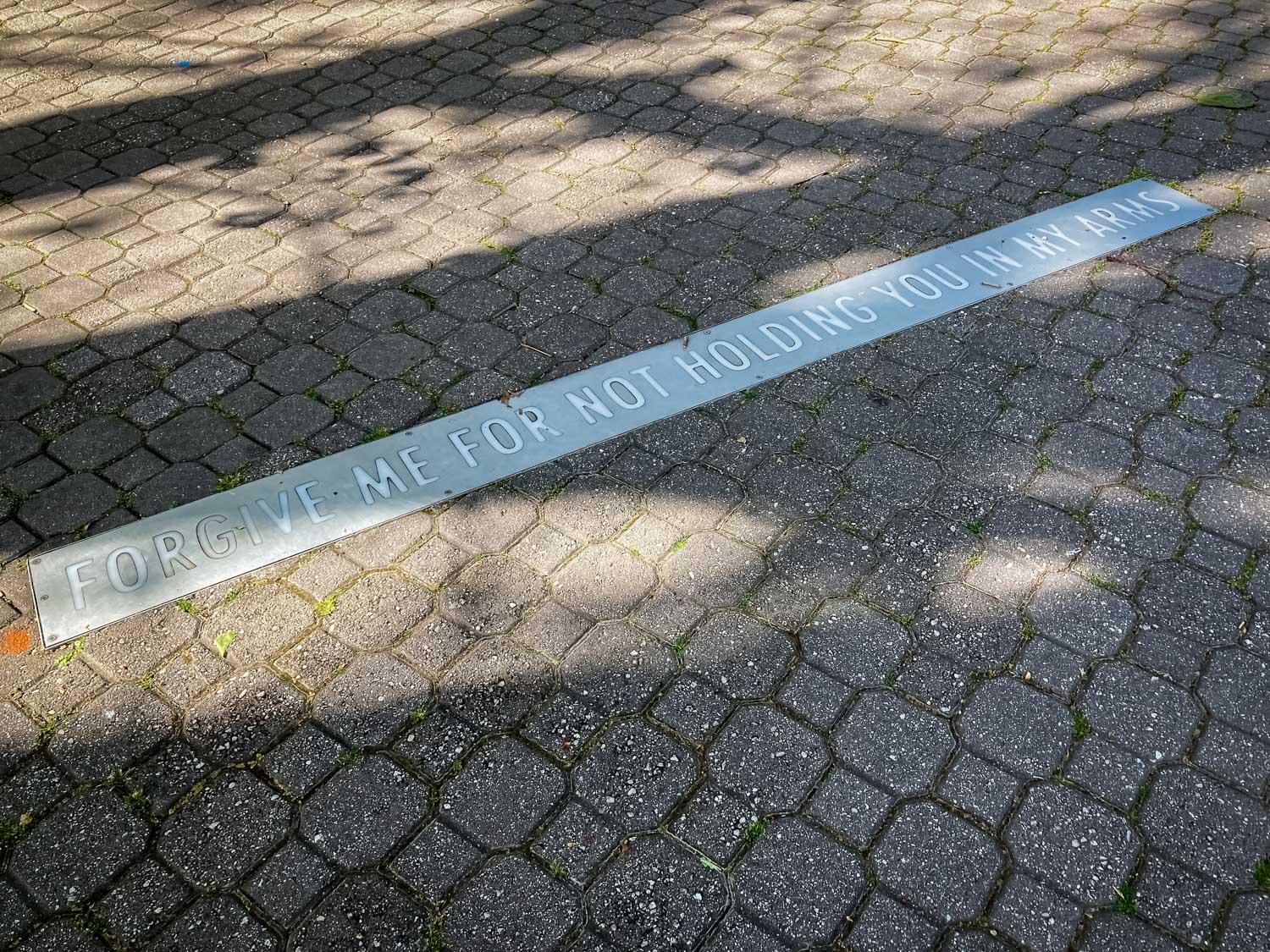
These were commissioned by Hobart Council, which issued an apology for the arrests in 2008.
The exhibition Artfully Queer is the second longest running LGBTIQA+ exhibition in Australia. Being moved from a niche exhibition space that attracted small numbers of visitors into this larger, more accessible gallery, has enabled thousands of people to view the artworks.
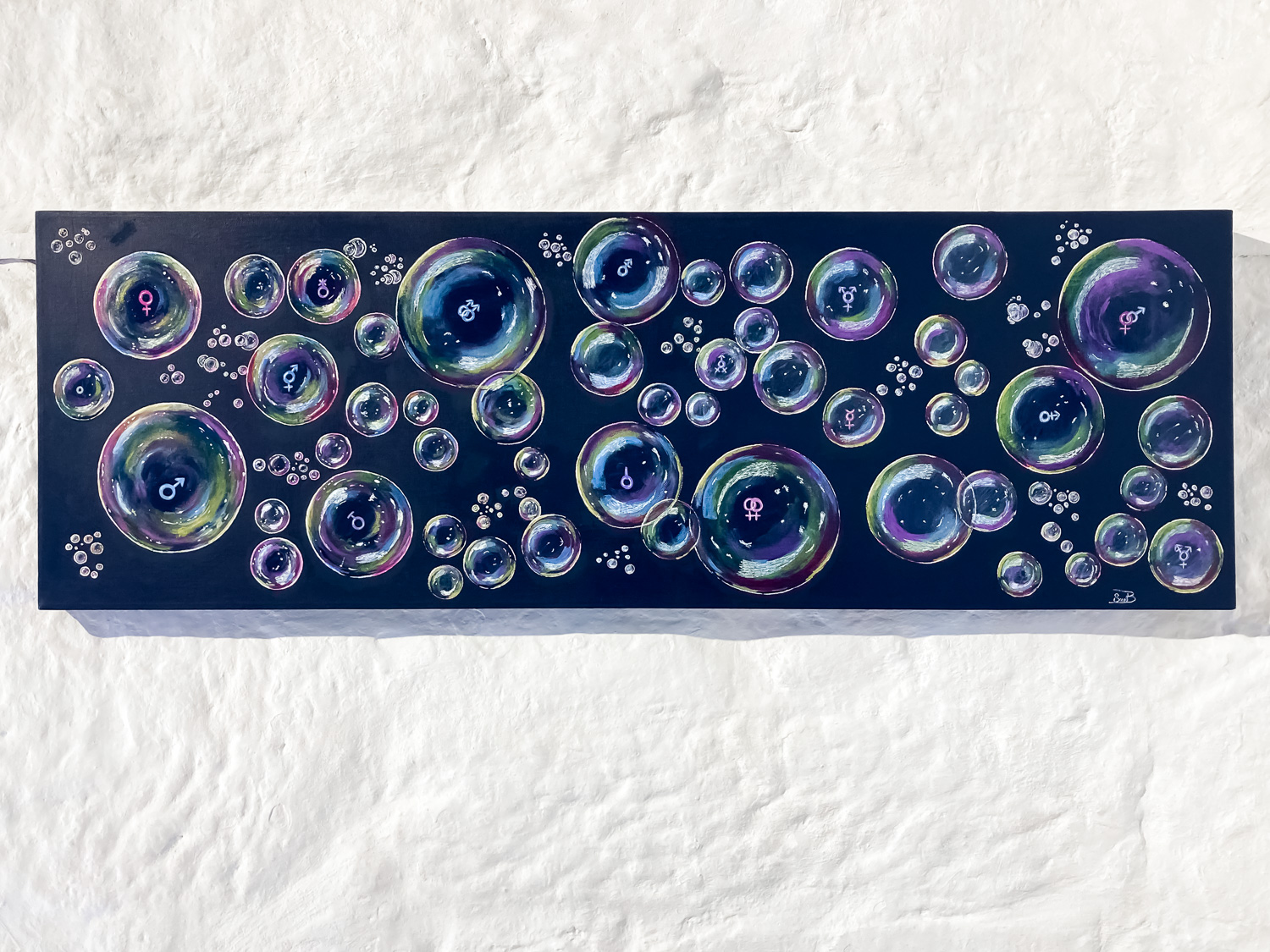
It was a lovely way to spend a lunch break.
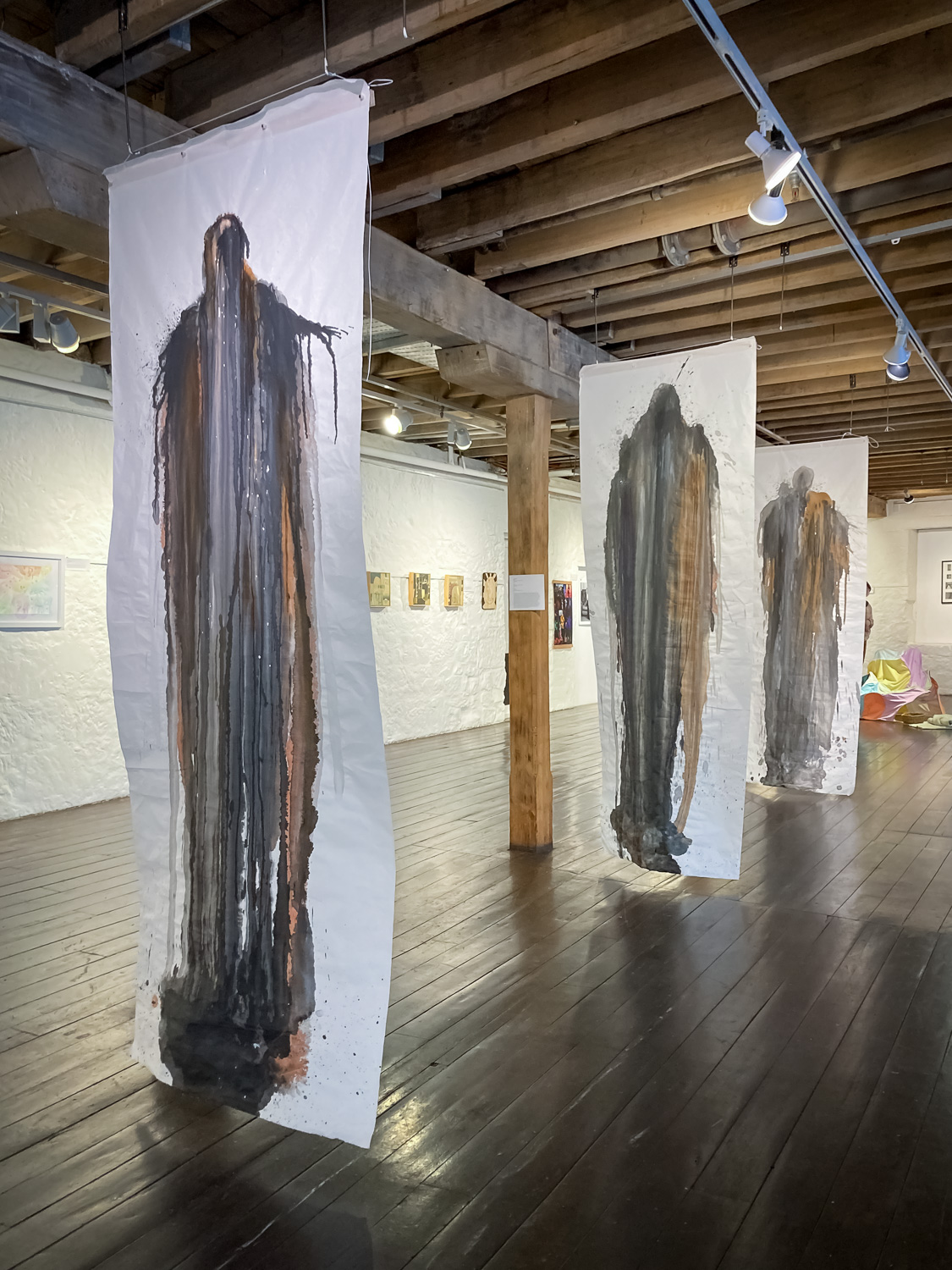
Thank you to the artists who displayed their work.
Some of these pieces were intensely personal and it must have taken a great deal of courage to share them.
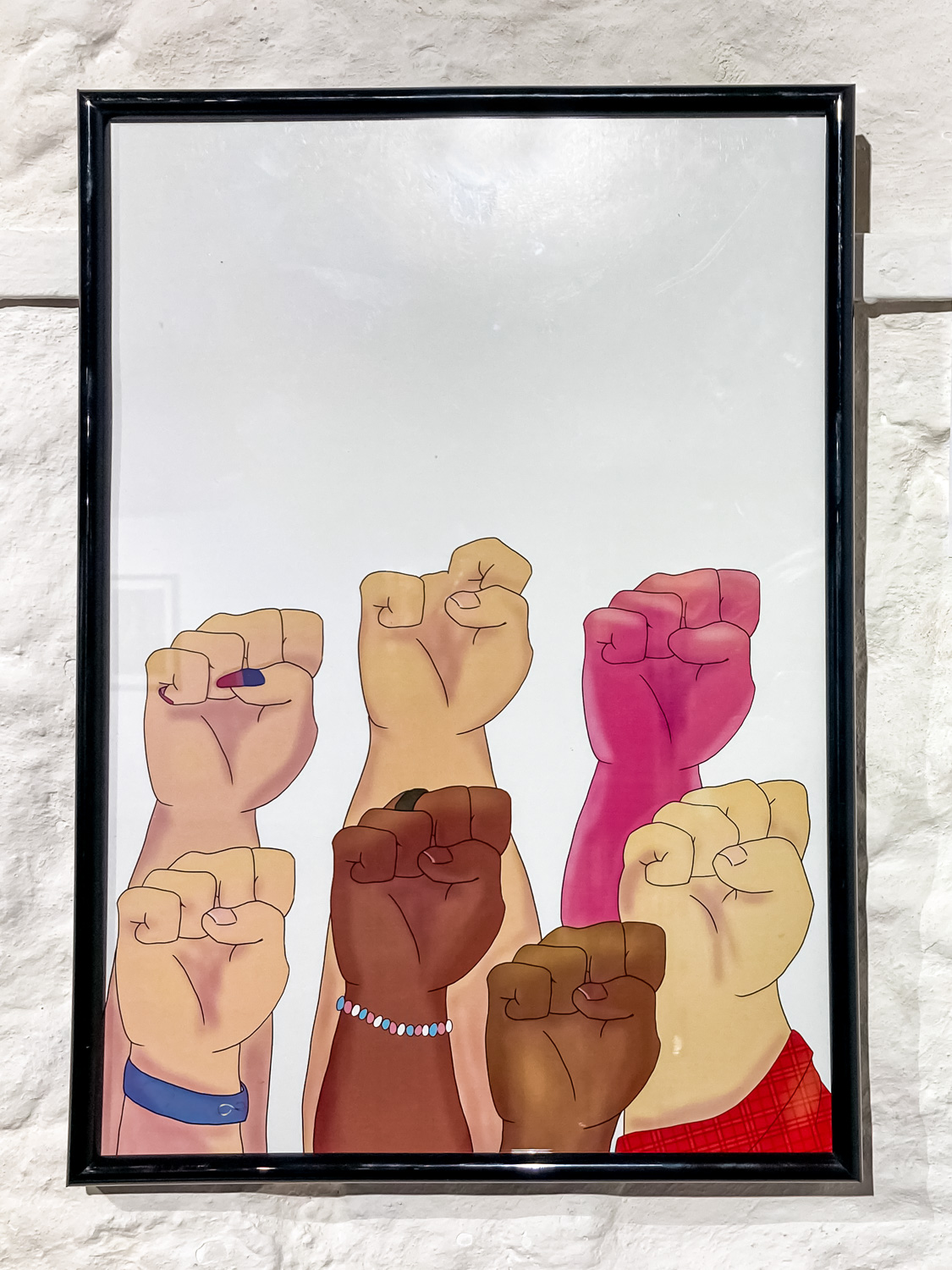
CUSP
The long-awaited launch of architect Paddy Dorney’s book about his father’s work happened on Saturday.
If you follow my photography work, you’ll know I have a fondness for mid-20th century architecture, and Esmond Dorney’s Fort Nelson home is one I’ve visited many times. (You can find some images here.)
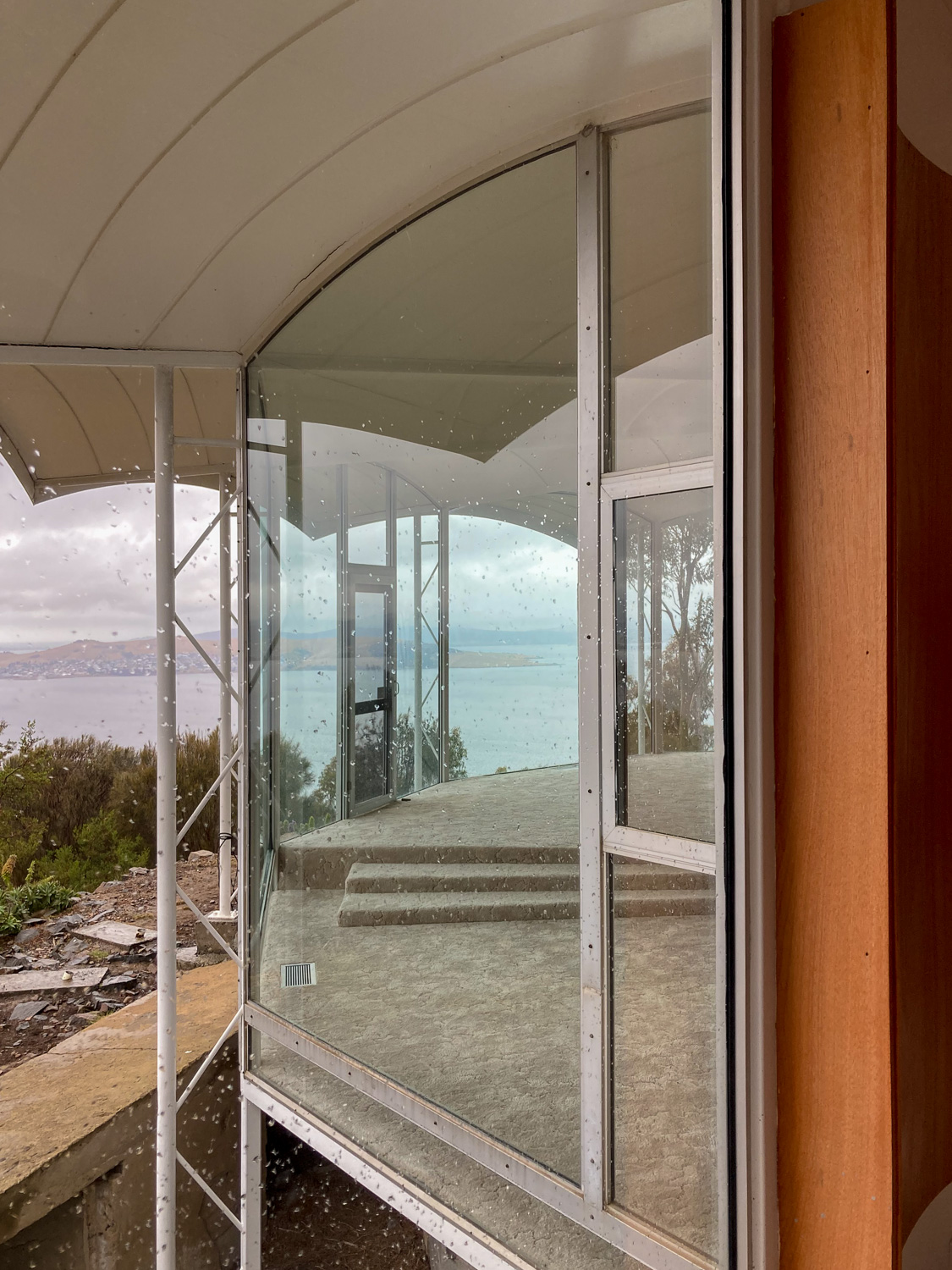
Lil Sis has known Paddy for many years so she was very keen to make the trek to the house—which to most of us is known as “the Dorney House” but as Paddy said, to him, it’s Fort Nelson because it was their family home.
It was really special to be part of this event and to hear Paddy and other speakers talk about Esmond’s life and work, and how the book came to be.
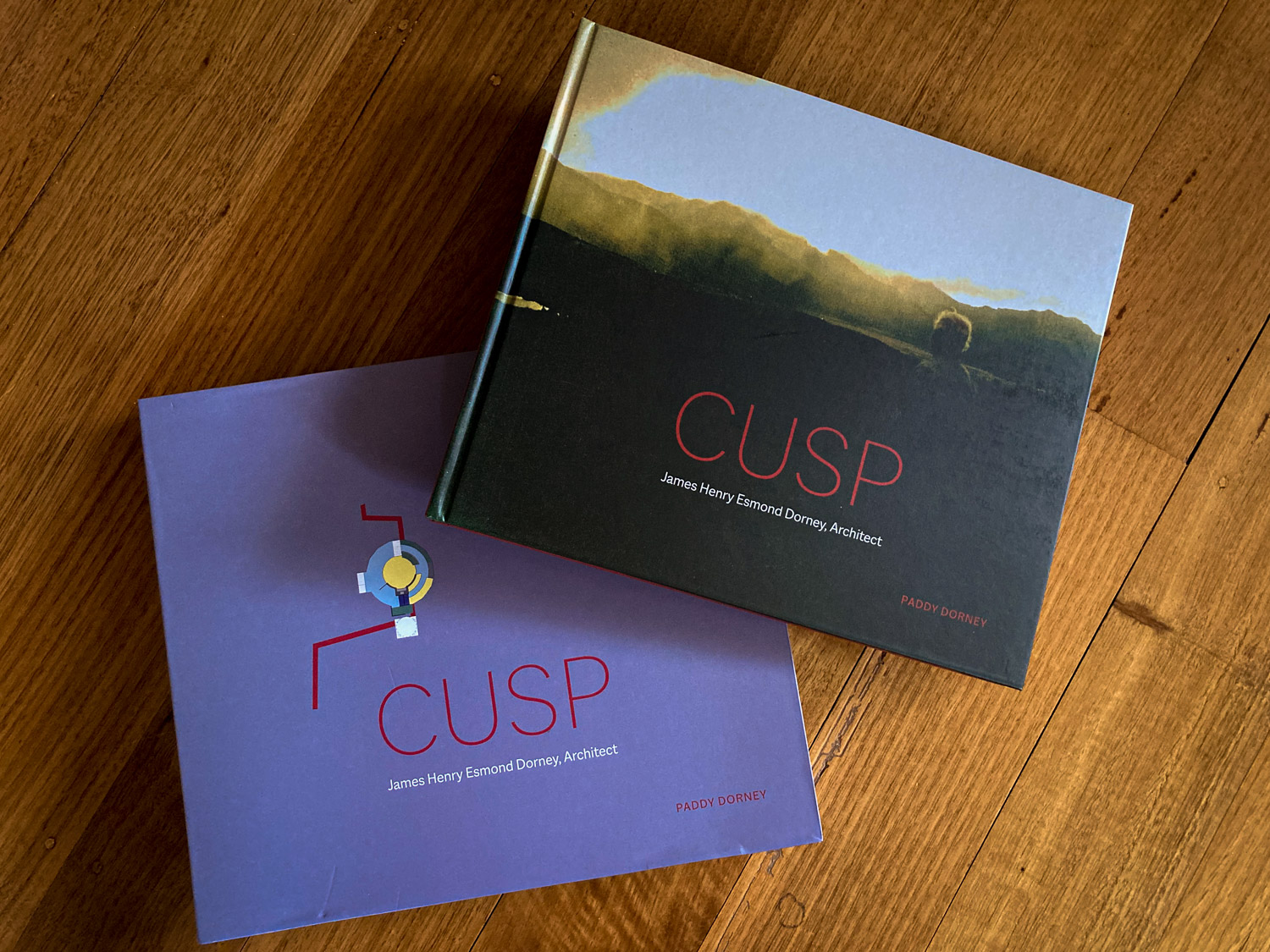
It’s a beautiful book, filled with observations and reflections on Esmond’s life, work and philosophy, and images, mostly drawn by Paddy, of his buildings. I know some of them from having visited over the years through Open House Hobart, others I’ve admired from the street, guessing they must have been his designs, and still others I knew nothing about. A great list for me to go looking for on my adventures. There’s also a good selection of his pre-war designs in Melbourne, though apparently a lot of these are unrecorded.
The book is called CUSP and it wasn’t until the launch that I realised that this wasn’t an esoteric architectural acronym that I didn’t know the meaning of, it was actually the word ‘cusp’. It’s used in the sense of ‘transition’ or ‘tipping point’ (see pages 29-30).
One belief of Esmond’s that has come out in the tours of his works, and mentioned at the launch, is that architectures is less about the buildings than it is about the people, and sometimes architects have forgotten this.
I loved the statement from (I don’t remember who said this), “Places are repositories for history and memory”.
The idea of the house being radial was explored too; it radiates outwards to the world but also brings you back inwards.
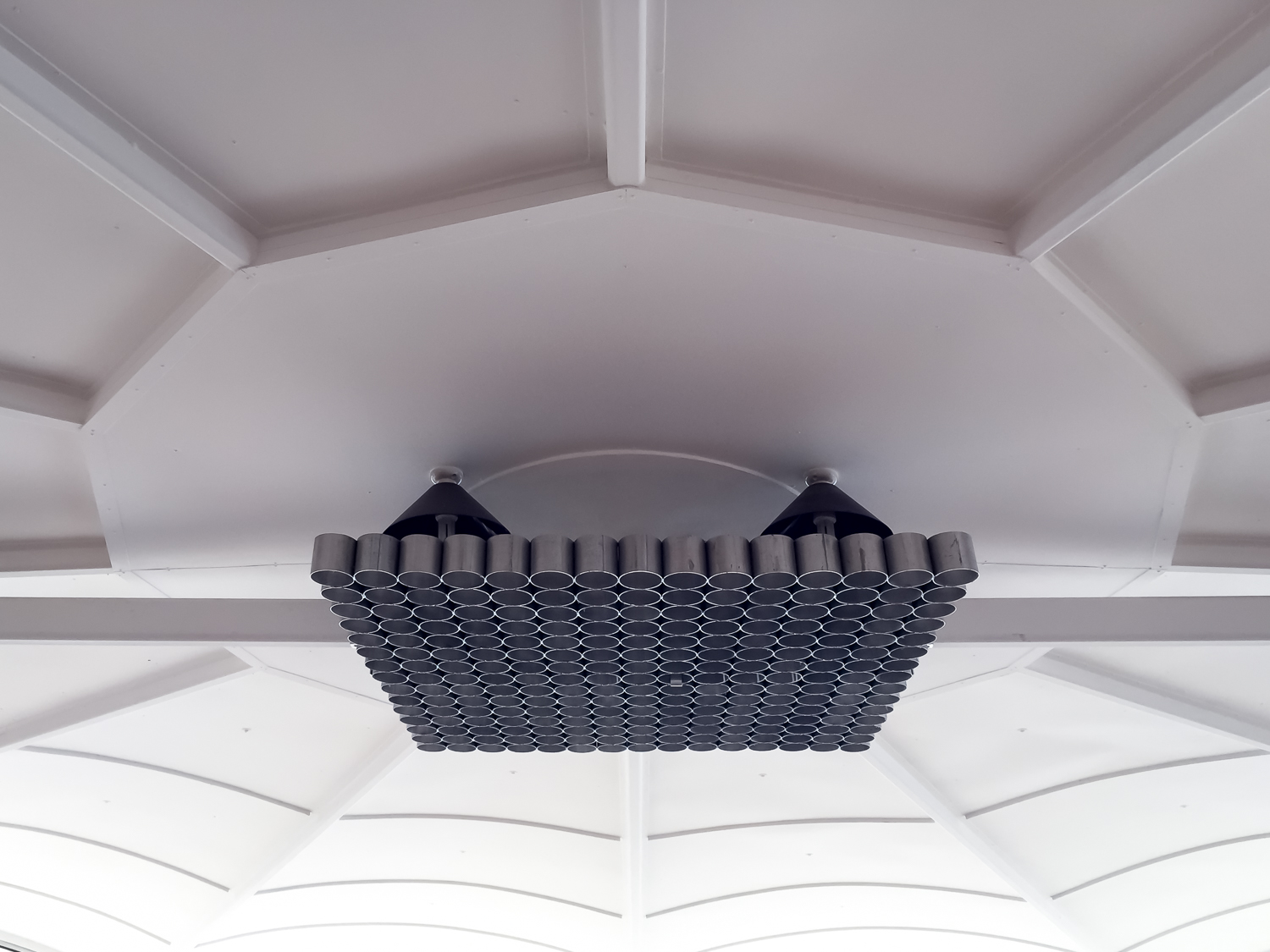
I haven’t read the book yet. It’s one to sit down and absorb. Also, it’s very heavy so I’ll need to sit down on the floor with it and, well, you haven’t seen my room lately.
Huge congratulations to Paddy on the book and the launch. It was obviously a very emotional day for him and members of his family who were able to be there and I’m glad to have been able to sit on the sidelines and take it all in.
Week 42 summary
What was the best thing about this week?
Apart from those two events, which were hard to top, I got a book called How to Speak Chicken, which is one of the coolest books about chickens I’ve ever seen.
Also, I went to see Kramstable’s drama class’s final rehearsal before their practical exam next week. It was fabulous and hilarious and I wish him (and all of them) the best for the exam. I’m sure they’ll do brilliantly!
What did I notice this week?
One of the young chickens appeared to attack my old lady Ursula. I won’t have it.
What did I learn this week?
I’ve been reflecting some more on the referendum and reading the responses of First Nations People over the week. This comment from Quandamooka and Wiradjuri man Darren Burns, that Australians do not fully understand the disadvantage that First Nations people are suffering rings very true.
I’ve been taking all of this in this week. The country’s decision is still difficult to comes to terms with.
What I’m reading this week
- Bullshit Jobs: The Rise of Pointless Work and What We Can Do About It by David Graeber
- Judy Garland Beyond the Rainbow by Sheridan Morley and Ruth Leon
- Do Story: How to tell your story so the world listens by Bobette Buster
Point to Pinnacle preparation week 8
- Monday (2 km): 2.08 km
- Tuesday (3 km): 3.18 km
- Wednesday (5 km): 2.19 km
- Thursday (2 km): 2.06 km
- Friday (2 km): 2.38 km
- Saturday (3 km): 2.88 km
- Sunday (14 km): 8.69 km
A note on Sunday. I had intended to walk to Kramstable’s school to see his drama performance but I underestimated the time it would take and I was never going to make it. It didn’t help that my foot started hurting after a couple of kilometres, which made most of the walk very unpleasant. I think it was because of the socks I was wearing, a theory which I’ll test out next week when I attempt this walk again.
If the rain and the wind ever stop . . .